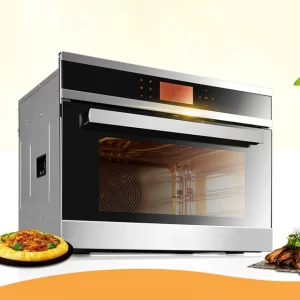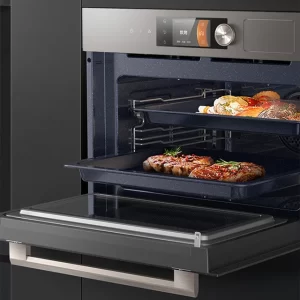How long do gas ovens take to preheat?
Introduction:
Preheating is an essential step when using a gas oven to ensure that it reaches the desired cooking temperature before placing food inside. The time required for preheating can vary depending on several factors. In this article, we will explore how long gas ovens typically take to preheat, discussing the factors that influence preheating time and offering tips to optimize the process. By understanding the preheating process of gas ovens, users can plan their cooking activities more effectively and achieve better cooking results.

How long do gas ovens take to preheat?
Importance of Preheating:
a. Even Heat Distribution: Preheating allows the oven to reach the desired cooking temperature, ensuring even heat distribution throughout the oven cavity. This is crucial for consistent and uniform cooking results.
b. Proper Cooking Times: Preheating ensures that the food starts cooking at the correct temperature. Without preheating, the cooking times may be longer or inconsistent, resulting in undercooked or overcooked dishes.
c. Recipe Requirements: Many recipes specify preheating the oven as a crucial step to achieve optimal cooking results. Following the recommended preheating time is essential to produce the intended outcome.
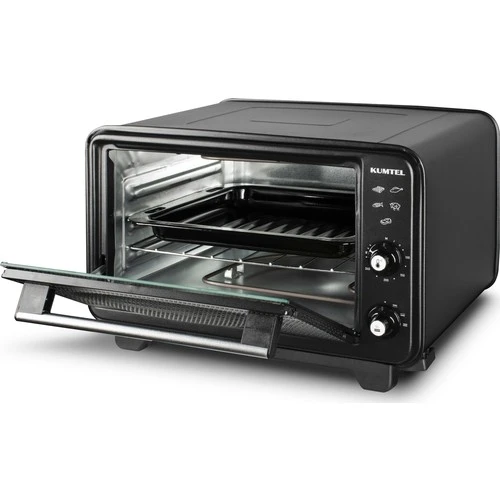
Factors Affecting Preheating Time:
a. Oven Size: The size of the gas oven can influence the preheating time. Larger ovens may take longer to reach the desired temperature due to the larger cavity and increased volume of air to heat.
b. Insulation and Sealing: The quality of insulation and sealing in the oven can impact preheating time. A well-insulated oven with proper sealing will retain heat more effectively, reducing the preheating duration.
c. Oven Age and Condition: Older ovens or those in poor condition may have compromised insulation or worn-out heating elements, which can result in longer preheating times.
d. Temperature Settings: The desired cooking temperature affects preheating time. Higher temperatures generally require more time to reach.
e. Gas Pressure: The gas pressure supplied to the oven can impact preheating time. Insufficient gas pressure may result in longer preheating durations.
f. Altitude: Altitude can affect preheating time due to variations in air pressure and oxygen levels. Higher altitudes may require slightly longer preheating times.
g. Oven Maintenance: Regular maintenance of the gas oven is important to ensure optimal performance. Cleaning the burner and checking for any obstructions can help improve preheating efficiency.
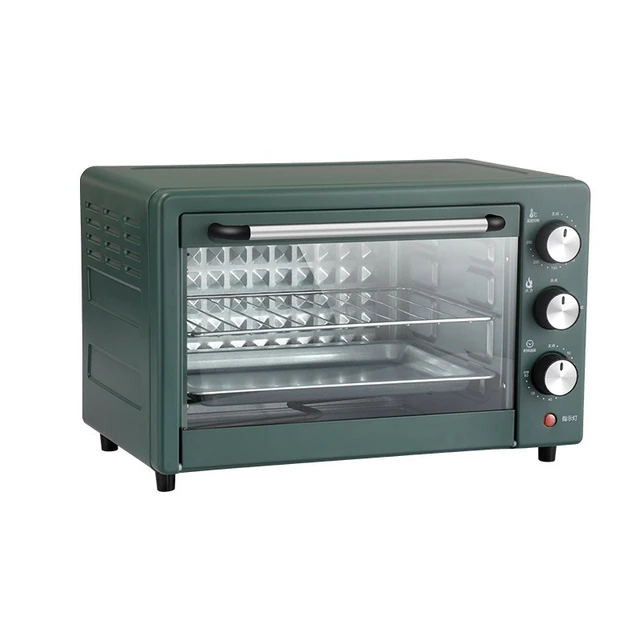
Average Preheating Times for Gas Ovens:
a. General Guidelines: While preheating times can vary, here are some general guidelines for gas ovens:
Small to medium-sized gas ovens (around 18 to 24 inches wide) typically take around 10 to 15 minutes to preheat to 350°F (175°C).
Larger gas ovens (around 30 inches wide or more) may take around 15 to 20 minutes to reach the desired temperature.
Higher cooking temperatures, such as 400°F (200°C) or 450°F (232°C), may require additional preheating time, typically ranging from 5 to 10 minutes longer.
b. Individual Variations: It is important to note that these are estimates, and individual oven models may have variations in preheating times. Refer to the oven’s manufacturer’s instructions or consult the oven’s user manual for specific preheating guidelines for your model.
Tips to Optimize Preheating:
a. Plan Ahead: Consider the preheating time as part of your cooking process and factor it into your meal planning. Calculate the preheating time and incorporate it into your overall cooking timeline.
b. Preheat with Purpose: Preheat the oven only when necessary. Avoid unnecessarily long preheating times, as it can waste energy and extend the cooking process.
c. Utilize Oven Racks: If preheating multiple oven racks, stagger the placement to ensure consistent preheating across all racks. This helps avoid temperature variations and ensures even heat distribution.
d. Avoid Opening the Oven Door: Minimize opening the oven door during the preheating process, as this can cause heat loss and extend the preheating time.
e. Use an Oven Thermometer: Consider using an oven thermometer to verify the accuracy of the oven’s temperature. This can help ensure that the oven has reached the desired temperature before placing food inside.
f. Keep the Oven Clean: Regularly clean the oven, particularly the burner and heating elements, to maintain efficient heat transfer and ensure optimal preheating performance.
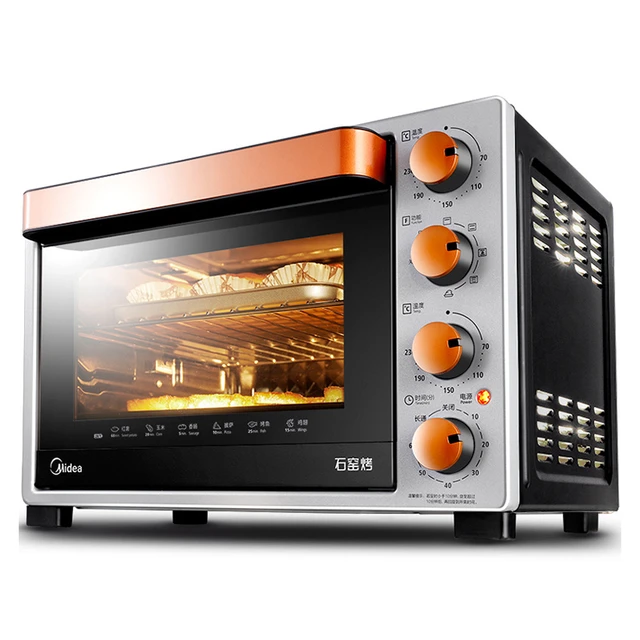
Preheating Considerations for Specific Dishes:
a. Baking: Baking recipes often call for preheating the oven before placing the batter or dough inside. Follow the recipe’s instructions for preheating time and temperature to achieve the best baking results.
b. Roasting: When roasting meats or vegetables, preheating the oven is essential to start the cooking process properly. This allows for proper browning and ensures even cooking throughout the dish.
c. Pizza Making: Preheating the oven is crucial when making pizzas to achieve a crispy crust. A well-preheated oven ensures that the pizza cooks evenly and develops the desired texture.
Importance of Preheating for Gas Ovens:
a. Improved Cooking Results: Preheating ensures that the oven reaches the desired temperature before placing food inside. This helps to create a stable cooking environment from the start, resulting in more consistent and predictable cooking outcomes.
b. Reduced Cooking Time: Preheating allows the oven to reach the desired temperature faster, reducing the overall cooking time. This is especially important for recipes with specific time requirements or when cooking time-sensitive dishes.
c. Enhanced Food Safety: By preheating the oven, you can ensure that food reaches the appropriate temperature quickly. This is particularly important when cooking meats, poultry, or other perishable ingredients to ensure safe consumption.
d. Crispy Crust and Texture: Preheating is crucial for achieving a crispy crust, whether you’re baking bread, cookies, or other baked goods. It allows the dough to immediately start cooking, resulting in the desired texture and appearance.
e. Consistent Baking: When baking multiple items or batches, preheating helps maintain consistent baking conditions throughout the process. This ensures that each item receives the same level of heat from the beginning, promoting uniformity in baking results.
Additional Tips for Preheating Gas Ovens:
a. Oven Positioning: Ensure that the oven is properly positioned in your kitchen space. Proper airflow around the oven can contribute to better heat distribution and shorter preheating times.
b. Calibration Check: Periodically check the oven’s calibration to verify that it accurately displays the desired temperature. An oven that is not calibrated correctly may require longer preheating times or result in inconsistent cooking results.
c. Room Temperature Ingredients: When baking, allow ingredients to come to room temperature before placing them in the preheated oven. Cold or chilled ingredients may affect the oven’s temperature and extend preheating times.
d. Use the Oven’s Preheating Indicator: Many modern gas ovens have a preheating indicator or signal that alerts when the oven has reached the desired temperature. Utilize this feature to avoid guesswork and ensure accurate preheating.
e. Avoid Overcrowding: When preheating, ensure that the oven is not overcrowded with other items or cooking equipment. This may obstruct airflow and result in longer preheating times.
f. Consider Time of Use: Gas ovens may take slightly longer to preheat during periods of high gas demand, such as during peak utility usage hours. Plan your preheating accordingly to avoid potential delays.
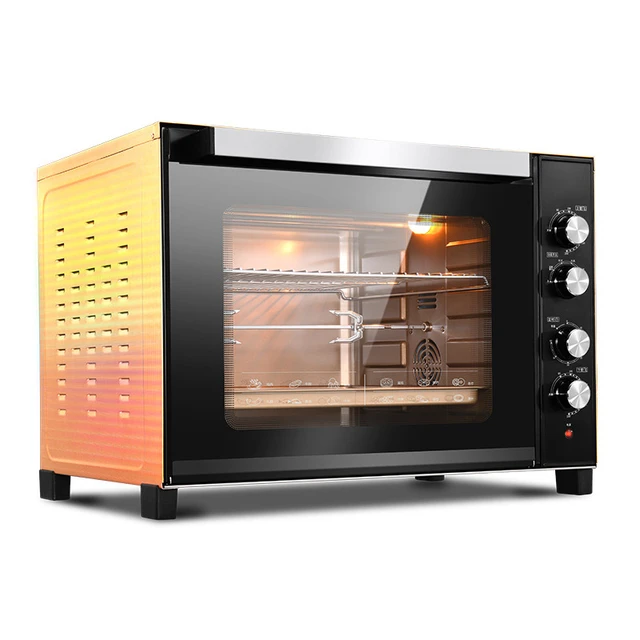
Conclusion:
Preheating is an important step when using a gas oven to ensure even heat distribution and proper cooking times. The preheating time for gas ovens can vary depending on factors such as oven size, insulation, temperature settings, and gas pressure. On average, small to medium-sized gas ovens take around 10 to 15 minutes to preheat to 350°F (175°C). Larger ovens may require an additional 5 to 10 minutes. To optimize preheating, plan ahead, preheat with purpose, and avoid unnecessary oven door openings. Individual oven models may have variations, so refer to the manufacturer’s instructions or user manual for specific preheating guidelines. By understanding preheating times and following these tips, users can enhance their cooking experience and achieve better results with their gas ovens.
